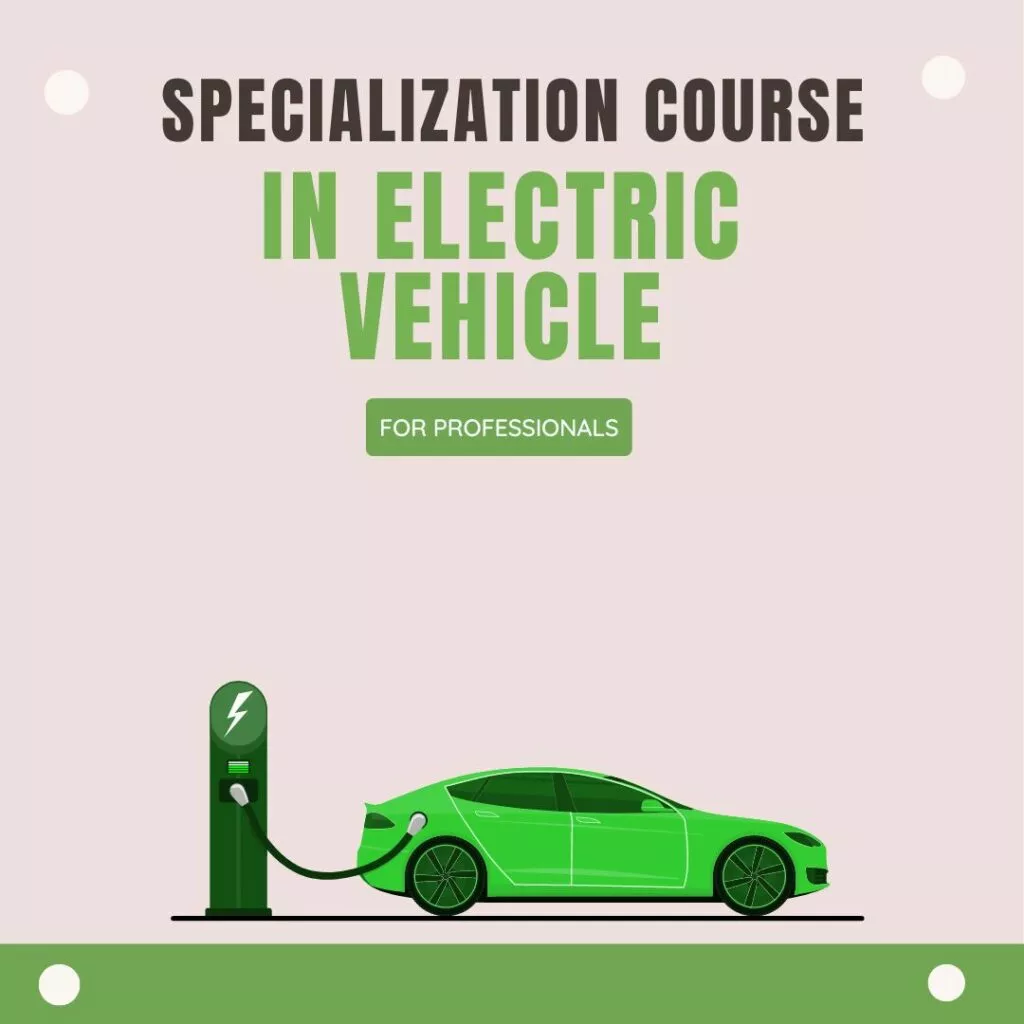Electric Vehicles and their Impact on Automotive Warranty Management
In the past ten years, the adoption and sales of electric vehicles (EVs) have been driven by the rising concern about climate change, falling lithium-ion battery pack costs, government incentives, rising incomes, and technological advancements.

The Growth of the EV Segment
According to the Electric Vehicle Outlook study conducted by Bloomberg NEF, EV sales will account for 10% of all passenger vehicle sales worldwide by 2025, increasing to nearly 28% in 2030 and 58% in 2040. In the United States alone, there will be at least 40 brands offering electric vehicle options by 2025, offering consumers a wide range of price points and market segments.
Governments are also driving change, in addition to raising awareness of climate change. At the beginning of his term, US President Biden issued an order to electrify approximately 650,000 federal vehicles, invested in over 550,000 public charging stations, and made efforts to strengthen the domestic supply chain for crucial technologies and raw materials.
The Impact of EVs on the Automotive Industry
All of this suggests that the automotive industry will undergo a significant transformation over the next ten years.
Ford estimates, for instance, that compared to the production of internal combustion engines (ICEs), the simplification of EV assembly could result in a 50% reduction in capital investments and a 30% reduction in labor hours.
In a similar vein, other facets of the automotive industry, such as automotive design, supply chains, and production procedures, will also undergo change as the number of consumers of electric vehicles rises.
Technicians and even drivers are having to learn to handle what is essentially a new operational vehicle as vehicles become more computer-dependent and less combustion engine-related.
EV Trends and Future of Warranty Management
The automotive industry is already bracing for a shake-up when it comes to repair and parts management. With the surge in Electric Vehicles across the world, we can expect the OEMs to face an increase in the volume of technical warranty requests from their dealers. And because every vehicle is different, there will be a significant shift in how to handle these claims initially.
The service and maintenance of an electric vehicle are likely to be highly different from a typical combustion engine, to which the industry has so far been geared. Not only do EVs have fewer mechanical parts, but some components also (such as plugs and sockets, inverters and powerpack coolers), aren’t part of the existing automotive warranty service.
How Connected EVs Change the Repair Game
There are likewise a few unique kinds of EVs, for example, cross breed and associated vehicles, which could additionally add greater intricacy to the issue of long haul administration and upkeep.
IoT gadgets are likewise empowering vehicles to remain associated and identify vehicle disappointments even before they actually arrive at the assistance place. As a result, connected electric vehicle owners will be able to self-service their vehicles and differentiate between actual vehicle failure and driver-solvable issues. As a result, manufacturers may need to include the ability to instruct the driver if vehicles are brought in without a real failure, which will have a greater impact on automotive maintenance.
As the components become smaller and more computer-like, auto repairs are also likely to increase. This might functionally affect producer guarantees as mechanics (with mechanized information) travel to the client instead of the opposite way around.
Smarter Cars, Smarter Warranty Management
OEMs will need to improve their warranty management procedures in order to manage this transition. OEMs have the ability to improve efficiency and transparency in a complicated procedure by utilizing technology to investigate warranty claims. OEMs will be able to provide superior customer-centric service as a result of this.
In order to recognize and comprehend patterns in warranty claims, the software solution for warranty management of the next generation makes use of the capabilities of artificial intelligence and machine learning. Software solutions like end-to-end warranty lifecycle management can also assist OEMs in lowering warranty management costs, increasing supplier recovery, and enhancing aftermarket sales support.
Additionally, it is simple to use warranty management solutions to handle increased claims processing volumes. The system can be trained to automatically recognize models and parts, as well as detect fraud claims, which can save manufacturers a significant amount of time and money.
Shifting Gears to Stay Ahead
Many people’s lives will likely be radically altered by the transition to more advanced electric vehicles and the eventual phase out of combustion engines. Car producers and providers are settling on key speculation and innovation conclusions about the up and coming age of vehicle and parts fabricating, as of now.
In order to offer sourcing, supply, and maintenance benefits and secure their business’s future, forward-thinking OEMs will need to use technology solutions to address their challenges.

















